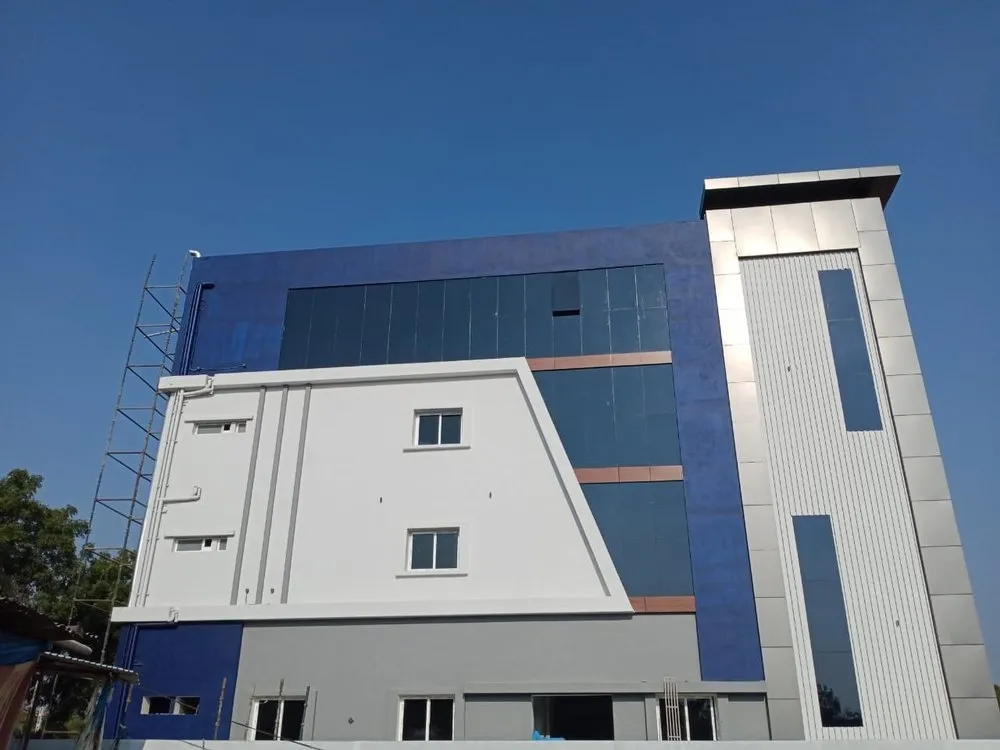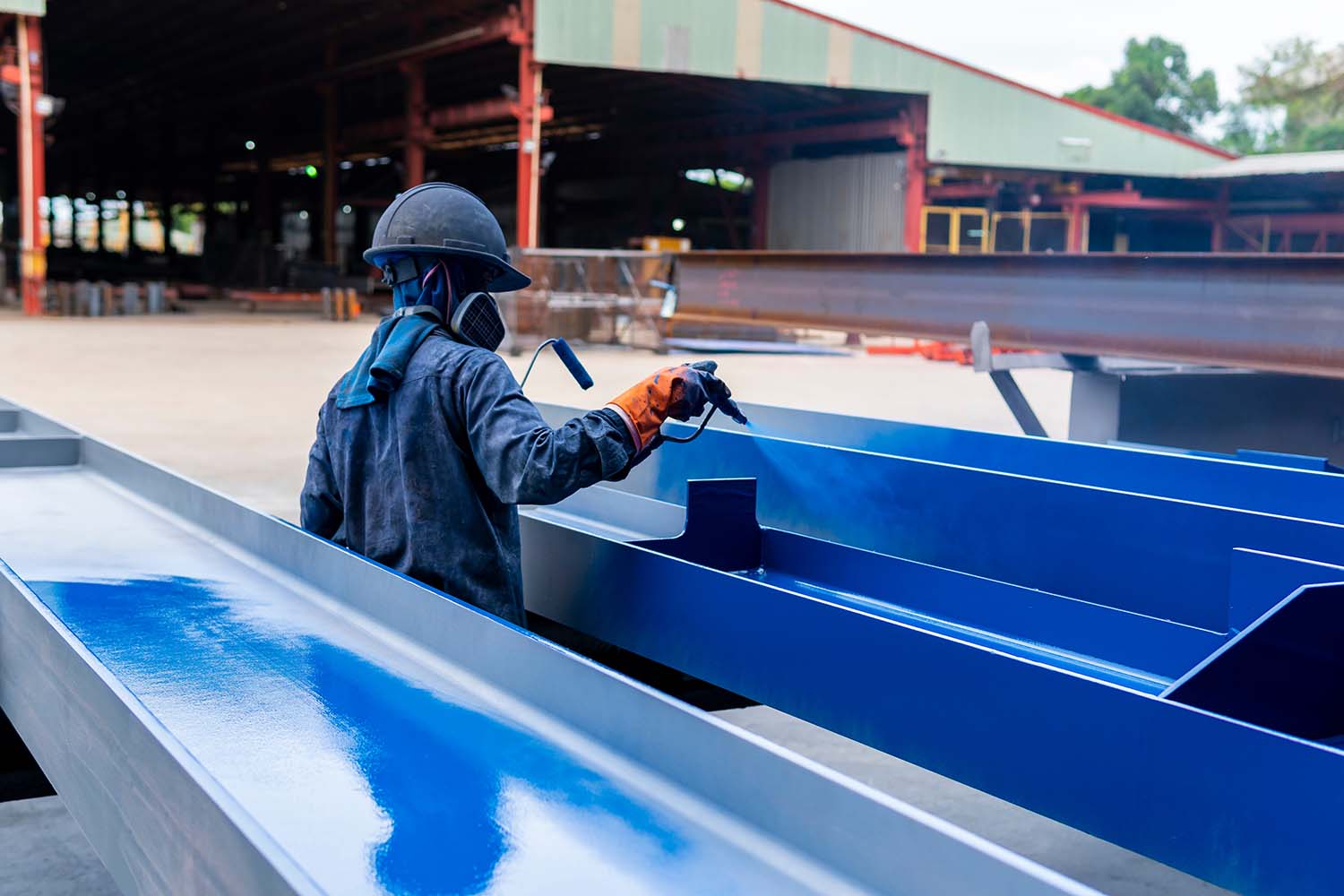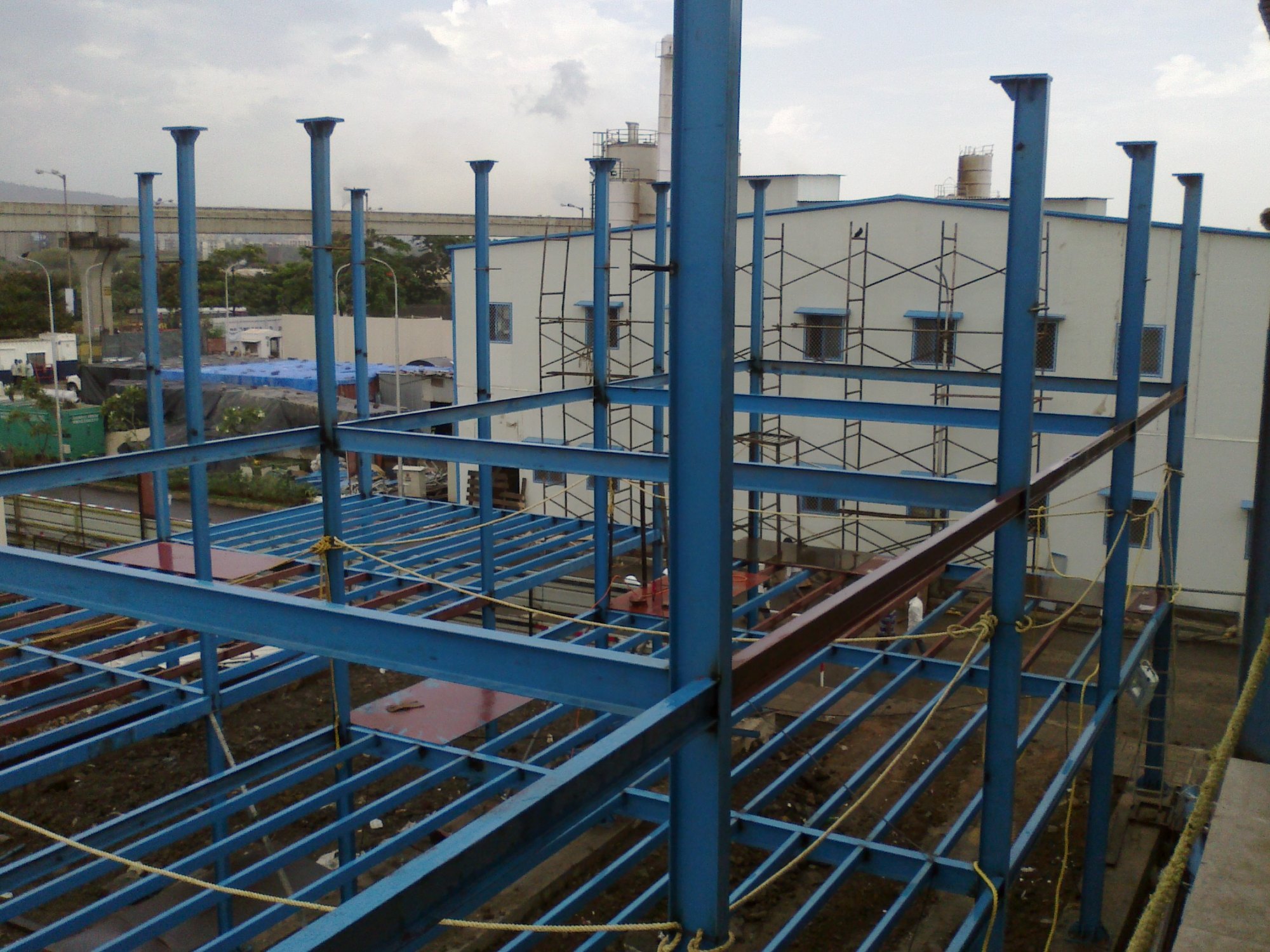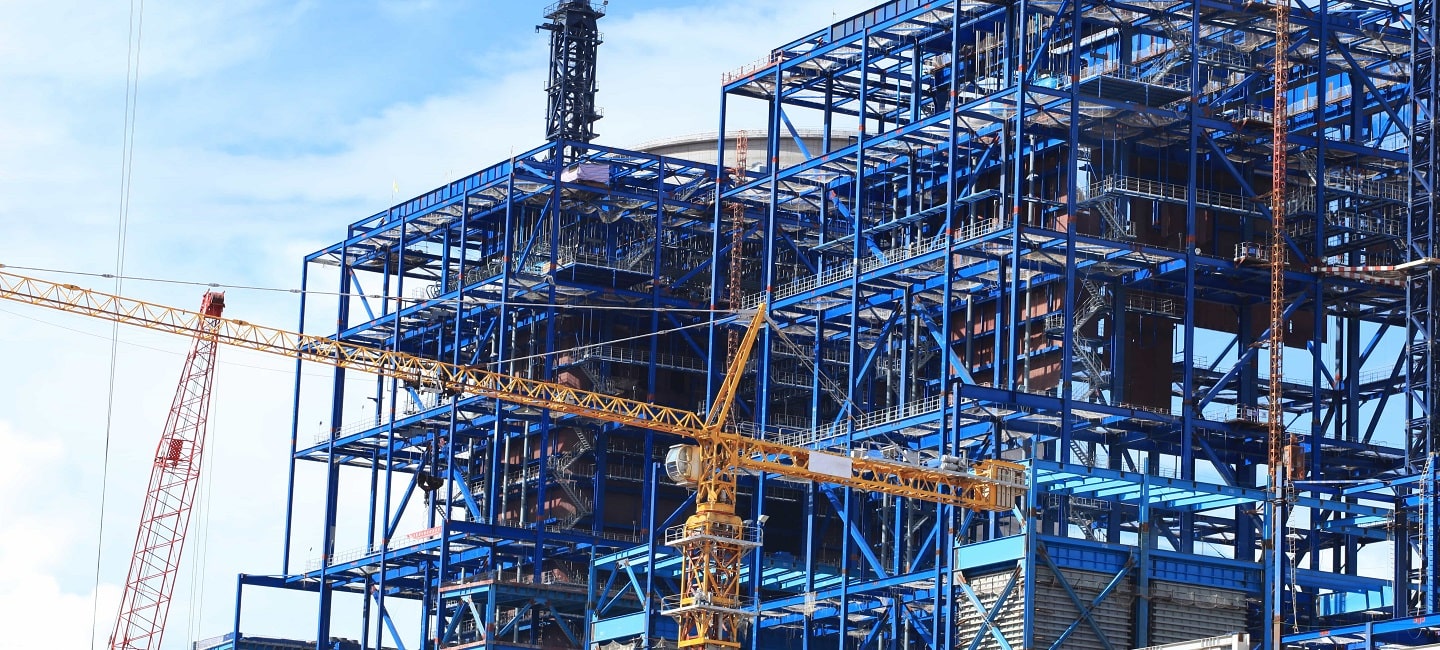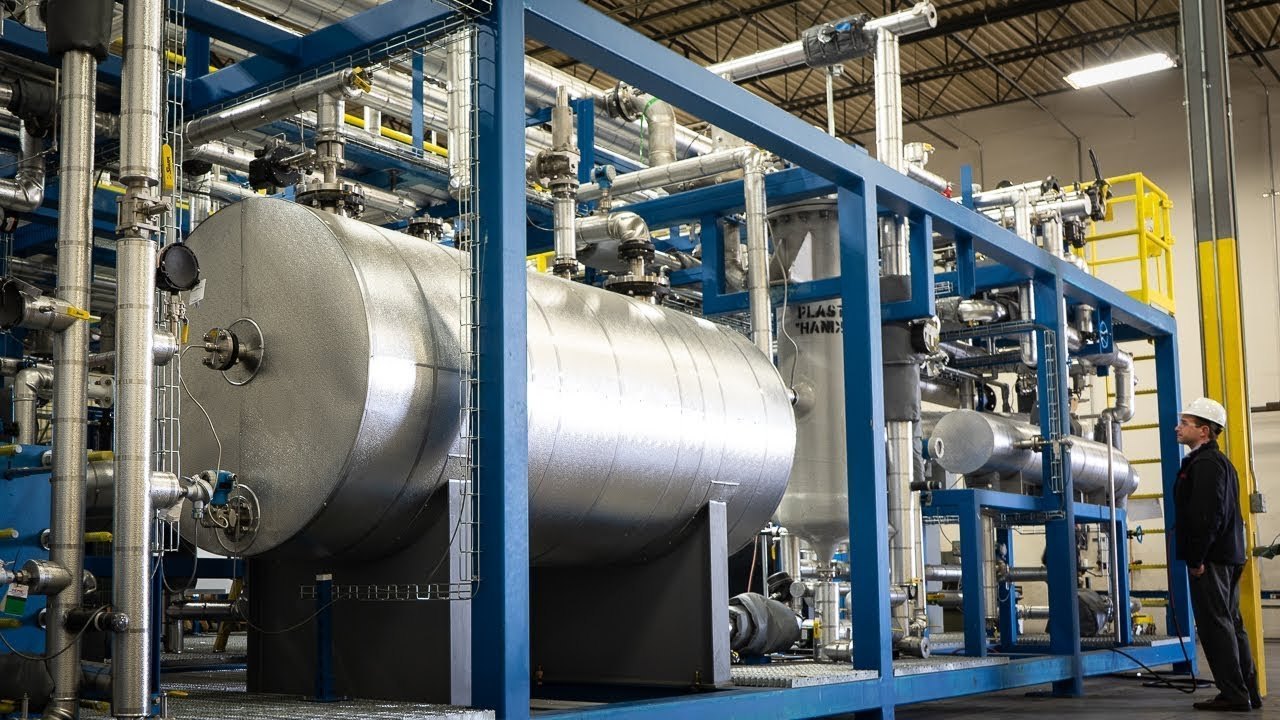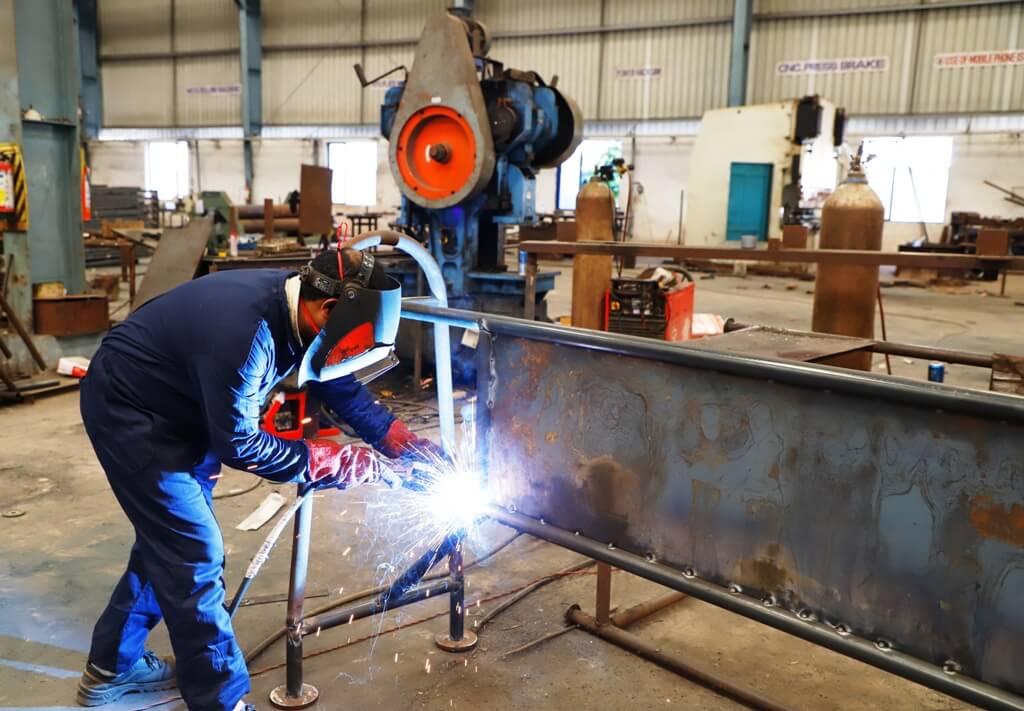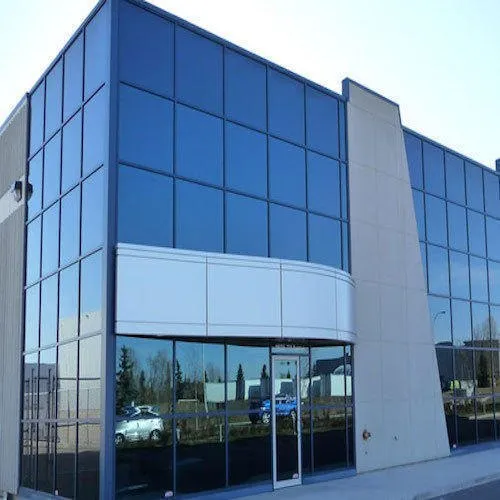ACP fabrication in Chennai, In the ever-evolving world of architecture and design, modern construction materials play a pivotal role in shaping the aesthetics and functionality of buildings. One such material that has gained immense popularity is ACP, or Aluminum Composite Panel. ACP fabrication in Chennai has become a transformative element in both residential and commercial construction. In this blog post, we will delve into the world of ACP fabrication in Chennai, exploring its benefits, applications, and why it’s making waves in the construction industry.
Understanding ACP Fabrication:
ACP, Aluminum Composite Panel, is a lightweight material composed of two aluminum sheets bonded to a non-aluminum core. This unique structure offers a myriad of advantages, making it a versatile choice for architects and builders. ACP fabrication involves shaping and assembling ACP panels to create various architectural elements and cladding solutions.
The Art of ACP Fabrication:
ACP fabrication involves the use of aluminum composite panels, which consist of two thin aluminum sheets bonded to a polyethylene core. These panels are known for their durability, versatility, and aesthetic appeal. When properly fabricated, they can completely transform the look of a building’s exterior.
Key Aspects of ACP Fabrication in Chennai:
- Customization: One of the standout features of ACP fabrication is its customization. In Chennai, ACP panels can be tailored to meet specific design requirements. This allows architects and builders to bring their creative visions to life.
- Durability: ACP panels are built to withstand the elements. They are weather-resistant, ensuring they look as good as new even after years of exposure to Chennai’s climate.
- Ease of Installation: ACP panels are lightweight and easy to install, reducing construction time and costs. This makes ACP Fabrication in Chennai a cost-effective choice.
- Versatility: ACP fabrication can be used for a wide range of applications, including facades, signage, interior decor, and more. Its versatility makes it a popular choice for Chennai’s diverse architectural landscape.
Applications of ACP Fabrication:
- Exterior Cladding: ACP panels are widely used for exterior cladding, adding a modern and sleek appearance to buildings. The panels are durable, weather-resistant, and come in various colors and finishes, allowing architects to bring their design visions to life.
- Interior Design: ACP fabrication extends to interior applications, where it is employed in creating stunning interior walls, partitions, and false ceilings. It provides a clean and contemporary look to the interiors of homes, offices, and retail spaces.
- Signage and Branding: ACP panels are a popular choice for creating eye-catching signage and branding solutions for businesses. Their versatility in terms of colors and customization options make them an ideal choice for corporate identity and promotional displays.
- Furniture Design: ACP fabrication is not limited to building exteriors and interiors. It is also used to craft modern and stylish furniture pieces, ranging from tables and chairs to cabinets and shelves.
Advantages of ACP Fabrication:
- Lightweight: ACP panels are exceptionally lightweight, making them easy to transport, handle, and install. This reduces labor and installation costs.
- Durability: ACP panels are known for their longevity. They are weather-resistant, UV-resistant, and do not corrode or deteriorate easily.
- Design Versatility: ACP panels offer a broad spectrum of colors and finishes, allowing architects and designers to unleash their creativity and bring their visions to life.
- Low Maintenance: ACP panels require minimal maintenance, typically involving occasional cleaning to maintain their aesthetic appeal.
- Cost-Effective: ACP fabrication offers a cost-effective solution for modern architectural designs. It combines affordability with visual impact.
Choosing the Right ACP Fabrication Partner:
To make the most of ACP fabrication in Chennai, it’s essential to partner with a reputable and experienced company. Look for a service provider with a proven track record, a wide range of customization options, and a commitment to quality.
In conclusion, ACP fabrication in Chennai is redefining the construction landscape by offering a cost-effective and aesthetically pleasing solution. Whether you’re looking to enhance the exterior of your building, create stunning interiors, or make a statement with signage and branding, ACP fabrication has the versatility and durability to meet your architectural needs. Elevate your space with ACP, and experience the transformation it brings to your project.

